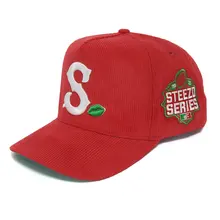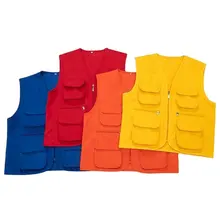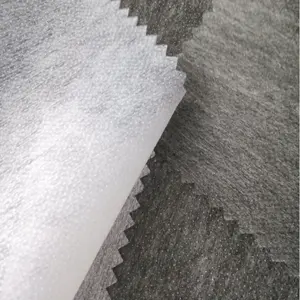Understanding Interlining Material
Interlining material is a critical component in the textile industry, serving as a hidden layer that provides structure, stability, and insulation to various garments and fabrics. This essential textile is predominantly utilized in the construction of clothing, where it acts as a supportive framework for the outer fabric. Interlining materials come in various forms, including nonwoven interlining, woven interlining fabric, and fusible interlining fabric, each offering unique characteristics to meet diverse application needs.
Types and Features of Interlining Material
The versatility of interlining materials is evident in their range. Non woven fusible interlining fabric is popular for its ease of use, adhering to other fabrics with heat to provide a smooth finish. In contrast, woven interlining fabric offers a more traditional approach, requiring stitching but providing superior durability and shape. Specialized types like thermal interlining fabric and blackout interlining fabric cater to specific functional requirements, such as temperature control and light blocking, respectively.
Applications of Interlining Materials
Interlining materials are not limited to clothing; they extend to home decor and other textile applications. Curtain interlining fabric enhances the drape, weight, and thermal properties of curtains, while cotton interlining fabric is often sought after for its breathability and natural feel in apparel. In accessories, tie interlining fabric is essential for maintaining the tie's structure and aesthetic appeal.
Material Composition and Advantages
The composition of interlining materials can vary greatly, from polyester interlining fabric known for its strength and elasticity to eco-friendly options like freudenberg vilene interlining, which offers sustainability without compromising on performance. The choice of material impacts the garment's comfort, appearance, and longevity, making the selection process a crucial step in textile manufacturing.
Selection Criteria for Interlining Materials
When selecting interlining materials, factors such as compatibility with the outer fabric, desired properties (like shrink-resistance or stretchability), and the intended application are paramount. It's essential to consider the fabric's behavior after processes like laundering or ironing, ensuring that the interlining will maintain its integrity and continue to support the primary material.
Conclusion
In conclusion, interlining materials play a pivotal role in the textile industry, offering structure and functionality to a wide array of products. From gumstay fabric to bump interlining fabric, the options available on Alibaba.com cater to a broad spectrum of needs, ensuring that manufacturers can find the appropriate interlining material for any project.












































 浙公网安备 33010002000092号
浙公网安备 33010002000092号 浙B2-20120091-4
浙B2-20120091-4